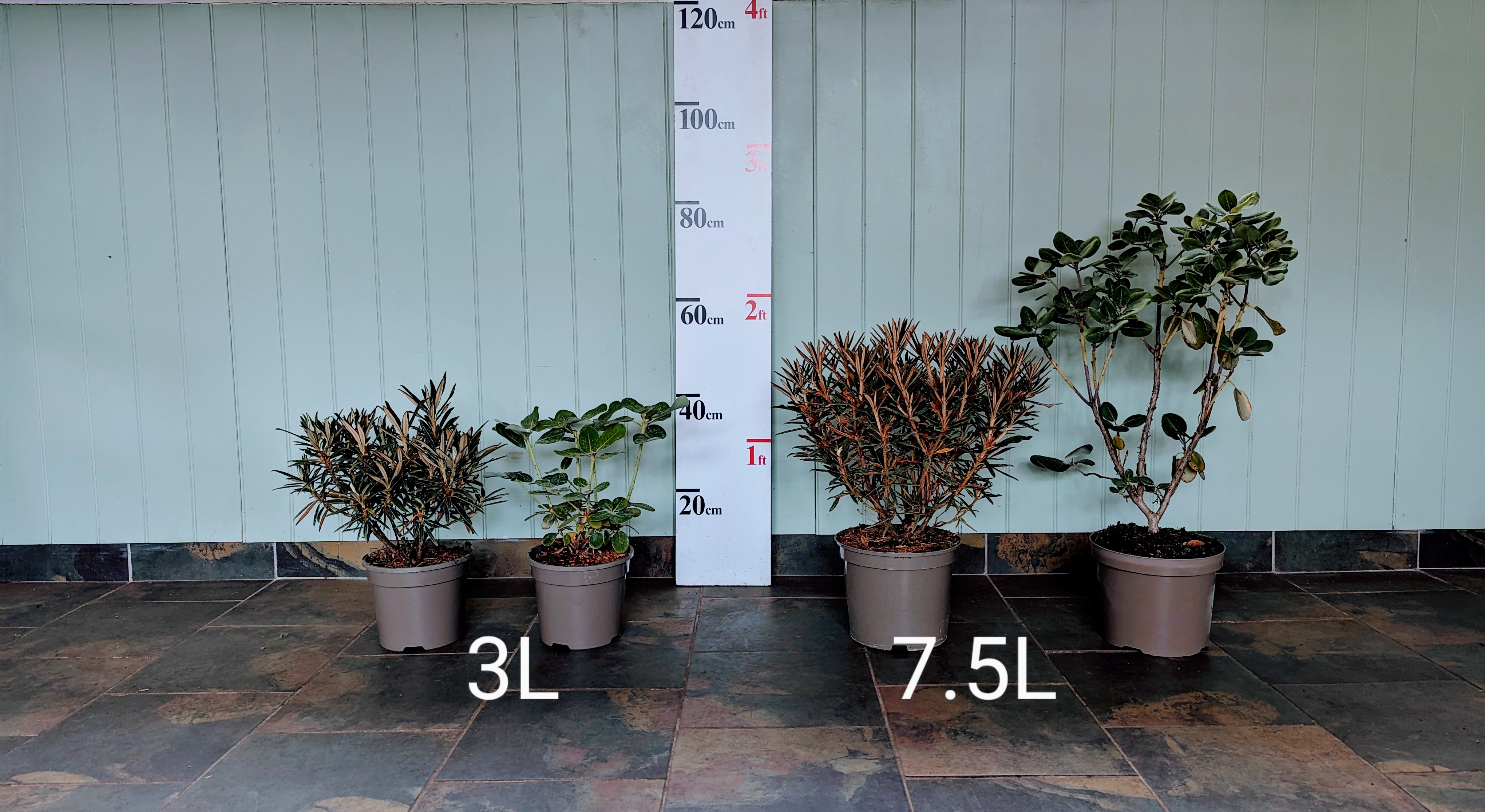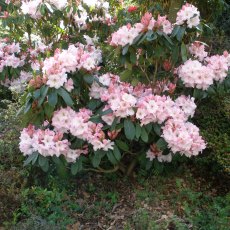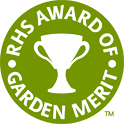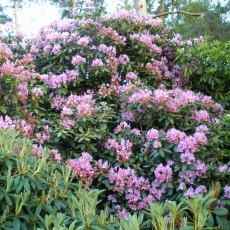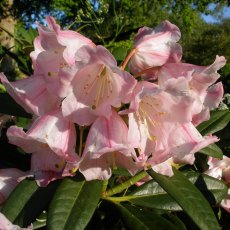Rhododendron irroratum 'Polka Dot' BH2511
Item: SIRRPBH
 Currently Unavailable
Currently Unavailable
Flowering Month:
April-May
April-May
Flower Colour:
White & Cream
White & Cream
Height After 10 Years:
125-150cm
125-150cm
Scent:
Not Scented
Not Scented
Interesting Foliage:
No
No
Hardiness:
To -10 °C
To -10 °C
Collect in Store
This item is available for collection.
Home Delivery
UK mainland delivery from £8.95
(IRRORATA H4-5) A super selection with striking flowers that are white and heavily spotted deep purple suffused pink in March-April. It has hairy pedicels, ovary and style. The plant is reasonably upright in habit, with a height of 125-150cm in 10 years.
This irroratum 'Polka Dot' clone is always one of the most striking flowers on the show benches at Rhododendron competitions. Our clone originates from Borde Hill Gardens which regularly won RHS show competitions with this clone.
- Recommended for striking flowers.
- Easy to grow.
- Ideal position: light sheltered woodland.
- Habit: upright.
- Group: Species Rhododendron.
- Subsection: Irrorata.
- Introduction date: for this clone pre 2000.
- Species distribution: for irroratum NW and W Yunnan, Yunnan-Tibet border.
- Approximate altitude: 1,800 to 3,700m.
- Ideal soil: pH 4.5 to 6.0
- RHS Hardiness Rating: H5.
- How we usually propagate this plant: Cutting.
 Millais Nurseries
Millais Nurseries







